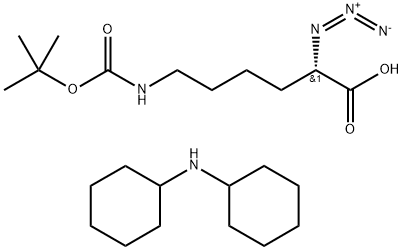Predictors of breastfeeding problems in the first postnatal week and its effect on exclusive breastfeeding rate at six months: experience in a tertiary care centre in Northern India.
Sithara Suresh, Kamlesh K Sharma, Manju Saksena, Anu Thukral, Ramesh Agarwal, Manju Vatsa
Index: Indian J. Public Health 58(4) , 270-3, (2014)
Full Text: HTML
Abstract
In spite of the countless benefits of breastfeeding, prevalence of exclusive breastfeeding (EBF) has been far from optimal in the developing world. Breastfeeding problems at or after 4 weeks has been reported as one among the constraints to EBF. The study aimed to determine the breastfeeding problems in the 1 st postnatal week, their predictors and impact on EBF rate at 6 months. Under a prospective cohort design, 400 mother-newborn dyads were assessed for breastfeeding problems before discharge and at 60 ± 12 h of discharge. Nearly 89% of the mother-newborn dyads had one or more BF problems before discharge. Major concern was difficulty in positioning and attaching the infant to the breast (88.5%), followed by breast and nipple problems (30.3%). BF problems continued to persist even after discharge in a significant proportion of the mothers (72.5%). The only independent predictor of BF problems in the 1 st week was the caesarean section (odds ratio: 1.9, 95% confidence interval: 1.3-3.2, P < 0.05). There was a marked improvement in the EBF status (69.5%) at 6 months, and BF problems did not predict EBF failure at 6 months.
Related Compounds
| Structure | Name/CAS No. | Molecular Formula | Articles |
|---|---|---|---|
 |
(S)-()-2-Azido-6-(Boc-amino)hexanoic acid (dicyclohexylammonium) salt
CAS:1217447-89-6 |
C23H43N5O4 |
|
Analysis of fentanyl in urine by DLLME-GC-MS.
2015-03-01 [J. Anal. Toxicol. , (2014)] |
|
Serum unsaturated free Fatty acids: potential biomarkers for...
2014-01-01 [J. Cancer 5(8) , 706-14, (2014)] |
|
Separation and purification of both tea seed polysaccharide ...
2015-02-01 [J. Sep. Sci. , doi:10.1002/jssc.201401123, (2014)] |
|
Role of three commonly used scoring systems in prediction of...
2014-11-01 [Eur. Rev. Med. Pharmacol. Sci. 18(22) , 3517-20, (2014)] |
|
Effects of α-Blockers, Antimuscarinics, or Combination Thera...
2015-06-01 [J. Endourol. , (2014)] |